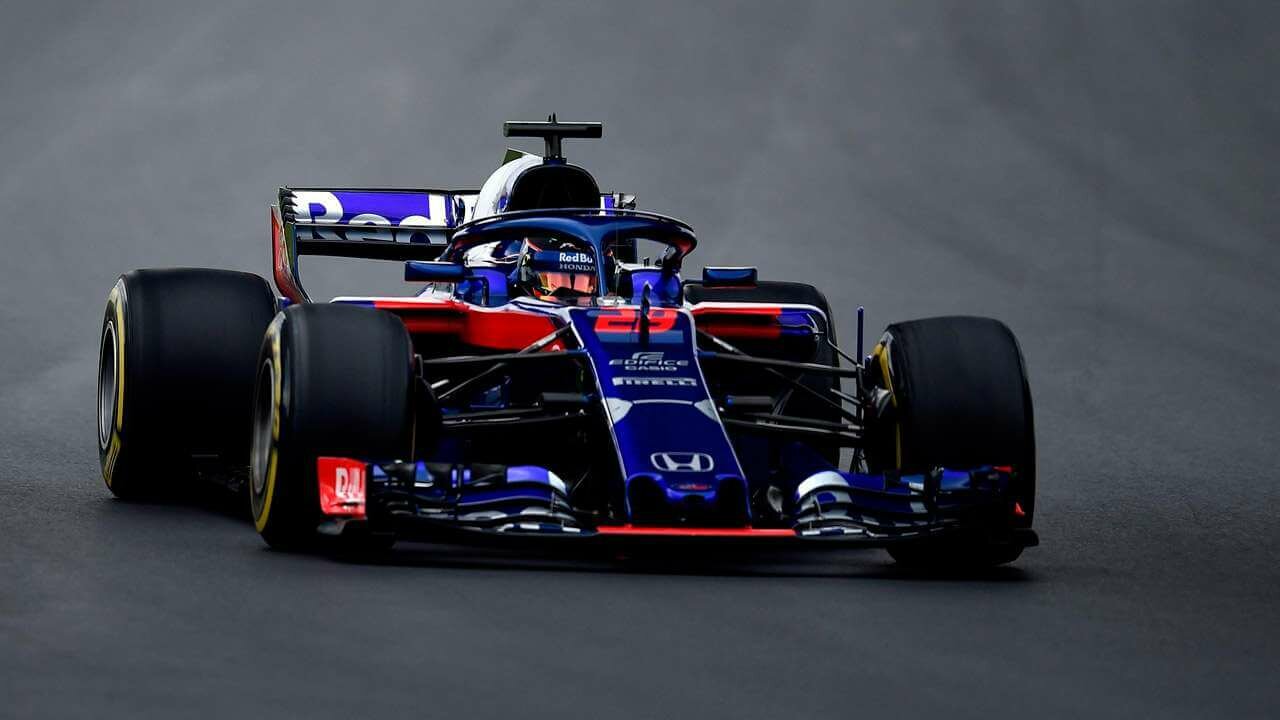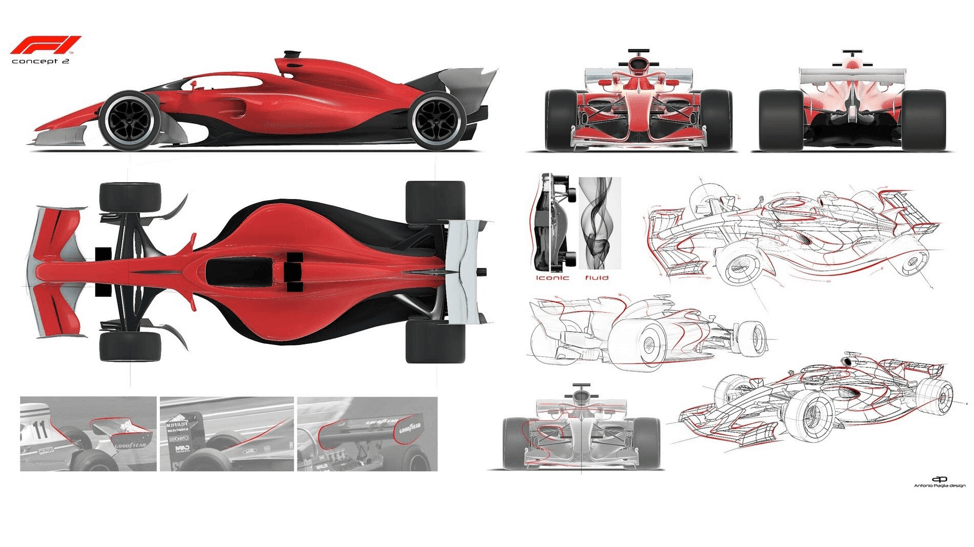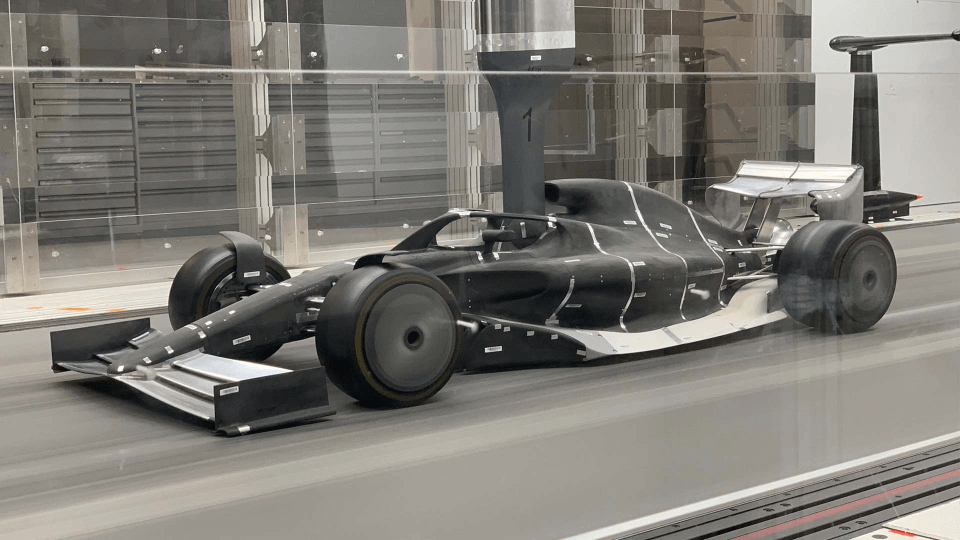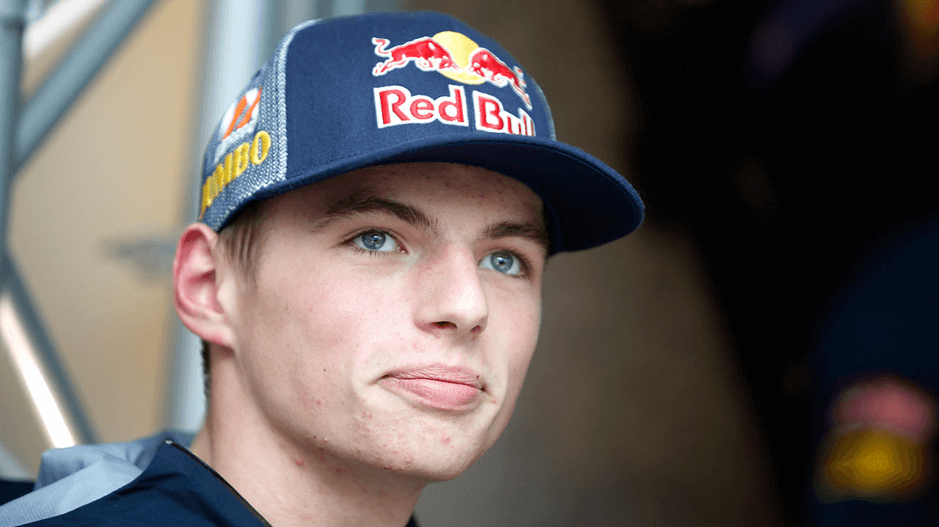F1 2021 FINANCES- FAIRER OR FARCICAL?
In a world of sport where money talks, few hear it louder than in Formula 1. What success in this, the pinnacle of automotive racing boils down to, is essentially the harmony between man and machine, and the latter doesn’t come cheap. To have a seat at the big boys’ table, it takes a lot more than spare change hidden in the couch – a barrier to entry that has stood far too tall, for far too long. In this edition of Rulebook 2021, we look at the previously flawed financial regulations of Bernie Ecclestone’s brainchild, and whether the playing field, or as in this case, the racing track, has been levelled or not.
Under the current financial model, it would be an understatement to say that the scales are tipped in favor of the biggest names in F1. For starters, consider the gulf in the kitties of the top and bottom earners. Ferrari, by far the biggest and iconic name in the sport, took home $205m in payments, whereas Toro Rosso (now AlphaTauri) collected just $52m of the total $1billion prize pot. For context, the lowest earners in last season’s Premier League, Huddersfield (£93.6m) took home roughly 60% of what the highest earners, Liverpool (£149m) did, showcasing a far more reasonable distribution of wealth among England’s 20 top-flight teams.

This excessive gap becomes even tougher to digest when you factor in Ferrari’s title drought. Even though their last title came back in 2008, the Maranello outfit routinely takes home the biggest slice of the pie thanks to something called the LST (Long Standing Team) bonus, owing to its continued presence in the sport since its inception. Had it not been wallowing in mediocrity over the past decade, the Scuderia would be raking in even more handsome sums of prize money, dwarfing the earnings of the rest of the field.
And they aren’t the only beneficiaries of the flawed system. Mercedes, Red Bull, McLaren and Williams also take-home bonus payments, some down to their performances, or in Williams’ case, their ‘heritage’. Clearly, there is scope for change in this broken system.
It would be unreasonable to expect the 2021 regulations to fix all that is wrong and result in financial equality between the constructors. Add to that the fact that we won’t see projected incomes until they are made public in late 2021/early 2022, and we face a prolonged wait to see the tangible results of these regulations. Still, there is room to speculate based on educated guesses.
The single biggest change is in the bonus model for the ‘Big 3’. Ferrari’s special payments will drop from $114m to $50m, while Mercedes and Red Bull’s payments, which amounted to over $70m each in 2019, will be dropped altogether. Instead, these three outfits will be avoided points based on their on-track performances over 10 years, with additional points awarded for historic Constructors’ Championships wins. The bottom line is that the current bonus fund will fall from 30% to 25% of the total pot, thus freeing up funds for the remaining teams.

This, along with the complex formula according to growth will incentivize the midfield teams by rewarding their progression, as opposed to the fixed payout system currently in place. While the top- and bottom-placed teams could lose out under the new system, it is good news for those sandwiched between them, reflecting the overall fairer money distribution model.
Not all the proposed changes have gone down as swimmingly, however. A cost cap of $175m on all teams, down from $312m, is the first of its kind and has been hailed as ‘fairer’ and ‘more sustainable’. Scratch the surface, however, and all its glaring deficiencies are laid bare for all to see.
The laundry list of exemptions under this cost cap includes the majority of expenses incurred by the constructors, meaning it is more of a hollow statement than actual reform. For instance, entry fees, marketing costs, property costs, legal and finance costs and even flight and hotel costs for competition or testing are all exempt from the cost cap. Even the single biggest expense for any team, the 1.6-liter V6 turbo engines, are omitted from this cap, thereby defeating the purpose for which it was introduced. All in all, over $1.8billion of teams’ spending will not be affected by the cost cap which seems to have been designed to grab eyeballs and write headlines rather than herald meaningful change.
Like every other change that the sport will witness starting 2021, Formula 1’s financial regulations have been drafted with one thing in mind – bringing the cars closer on the track, and the balance sheets. Whether the latter will be achieved by these new regulations is rife to speculation, but what cannot be argued is the need for them. Hopefully, we look back at these changes as the cornerstones that ushered in a new era for Formula 1.
Read More
WINGS OF CHANGE: THE FUTURE OF F1 AERODYNAMICS
ADITYA GOKHALE \
RULEBOOK 2021
CLOSER RACING- THE ESSENCE OF F1
ATUL KUMAR MAURYA \
RULEBOOK 2021
MAX VERSTAPPEN: KNOCKING ON THE DOORS OF STARDOM
HARSHVARDHAN GHADGE \
FEATURES



